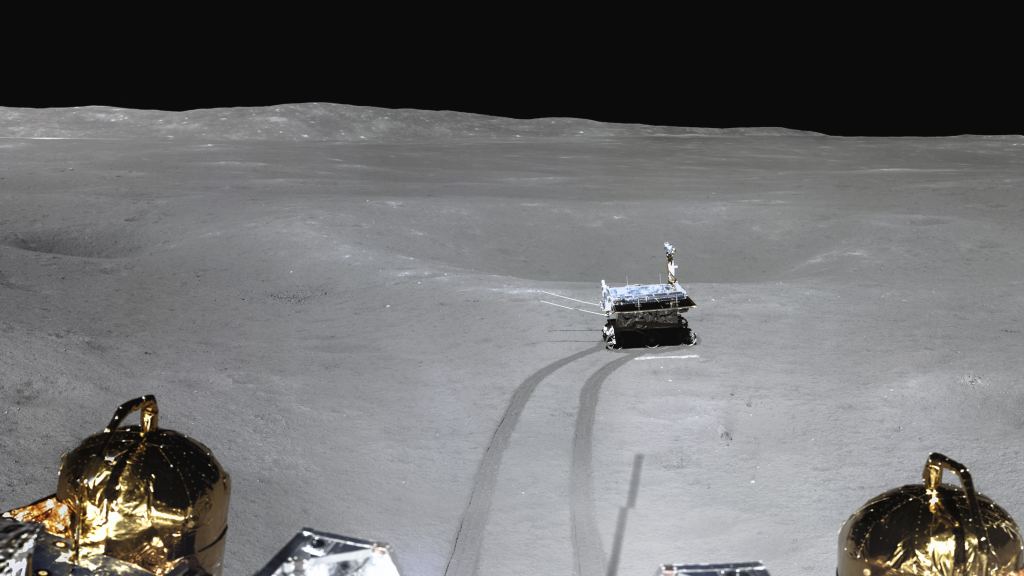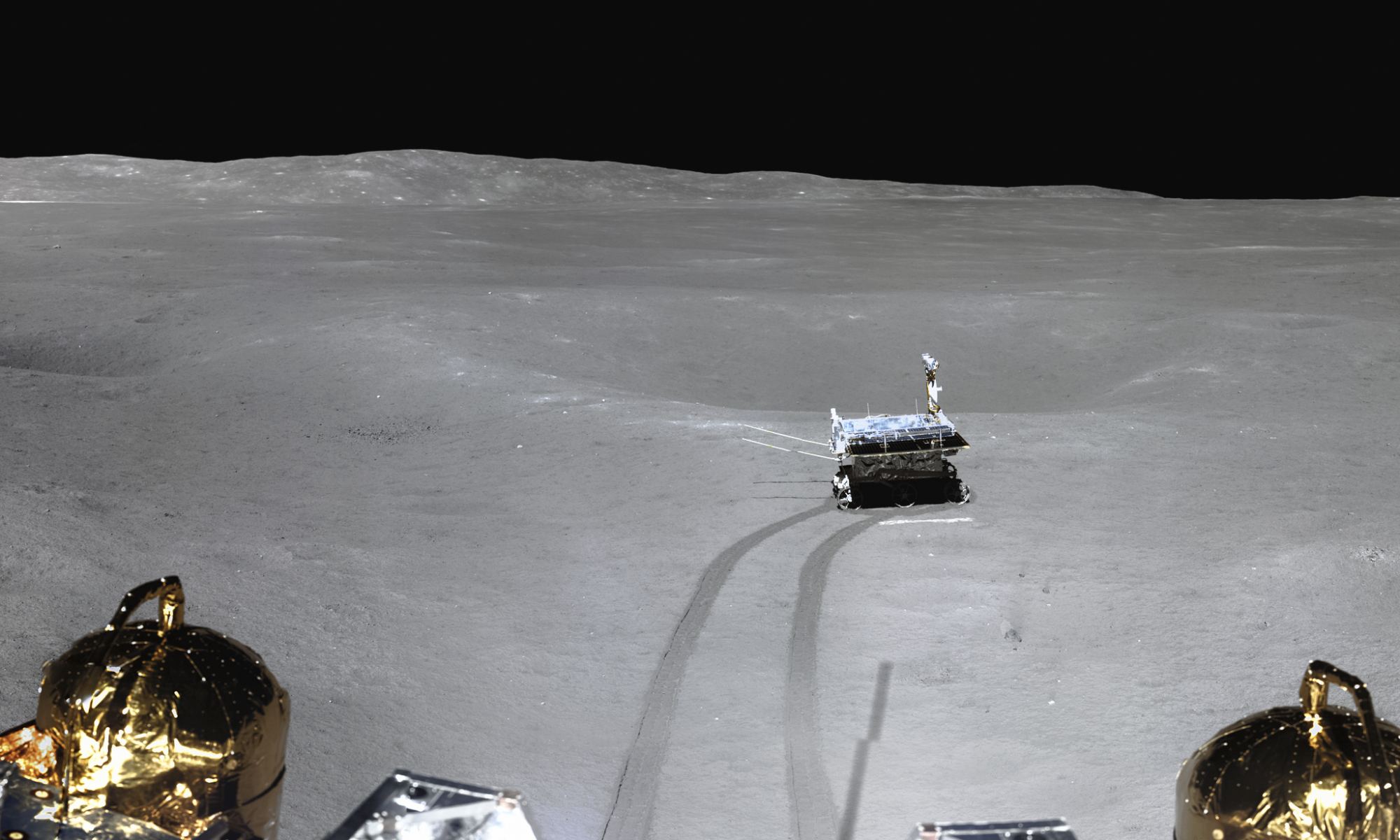There are many paths to the Moon, and not all of them go through the Lunar Gateway. This week, the heads of the Russian Space Agency (Roscosmos) and the China National Space Administration (CNSA) signed an agreement to cooperate on a Lunar research station of their own.
According to a statement released by the CNSA, the International Lunar Research Station (ILRS) will be “a comprehensive scientific experiment base with the capability of long-term autonomous operation, built on the lunar surface and/or on the lunar orbit.”
When complete, use of the research station will be open to all interested nations. As for China and Russia, their decision to cooperate on a Lunar base is not altogether surprising. They’ve been signaling their intent to collaborate in Lunar science for a while now, and have already signed agreements to work together on their respective Chang’e 7 and Luna 27 missions, both expected to explore the Moon’s South Pole in the mid-2020s. No timeline has been set for the ILRS yet, but Roscosmos indicated that they will “jointly develop a Roadmap” for building the station with the CNSA in the near future.
The move comes not long after Russia began distancing itself from the Lunar Gateway, a Lunar orbital research station being planned in partnership between the American, Canadian, Japanese, and European space agencies. Roscosmos had been slated to provide the Gateway with an airlock, but backed away from that commitment in recent months after Roscosmos head Dmitry Rogozin called the Gateway “an American project with limited participation of external partners. We are not interested in this,” he said. China, meanwhile, was not invited to participate in the Gateway in the first place, as American law currently does not allow for cooperation in space between NASA and the CNSA without special congressional approval.

Despite the disagreements, NASA and Roscosmos are still cooperating as partners on the International Space Station (ISS). Both also agree that the Lunar Gateway should use an international docking adapter, allowing a Soyuz vehicle to dock with the station in the future if necessary. Interoperability benefits everyone involved, even if Roscosmos’ priorities lie elsewhere.
The newly proposed ILRS, meanwhile, promises to give Russia, China, and any other partners who participate access to new deep space research capabilities. According to the CNSA, some of the activities the ILRS will facilitate include “lunar exploration and utilization, lunar-based observation, basic scientific experiment and technical verification.” It’s an ambitious project, and aligns with China’s and Russia’s long-term priorities in space exploration.

In the near term, Russia will be launching the first major upgrade to the ISS in over a decade in April. The new module, called Nauka (Russian for science), will replace the old Pirs docking port, which will be discarded. Meanwhile, China is currently operating a rover on the far side of the Moon, and is set to attempt to land a rover on Mars in May or June this year. Both countries are also designing and testing new heavy-lift launch vehicles to enable their deep space ambitions, including the newly announced ILRS.
Read More:
- Scott Neuman, “China, Russia Announce Plan To Build Moon Research Station,” NPR.
- Jeff Foust, “Russia skeptical about participating in lunar Gateway,” SpaceNews.

